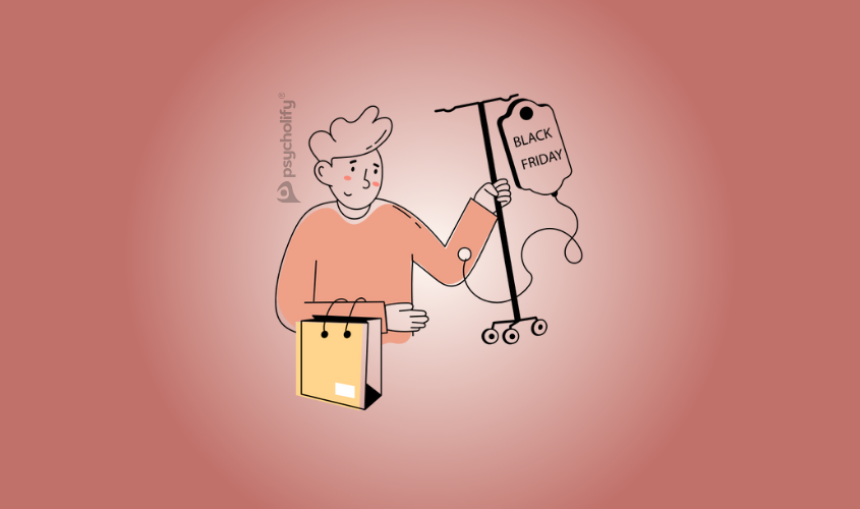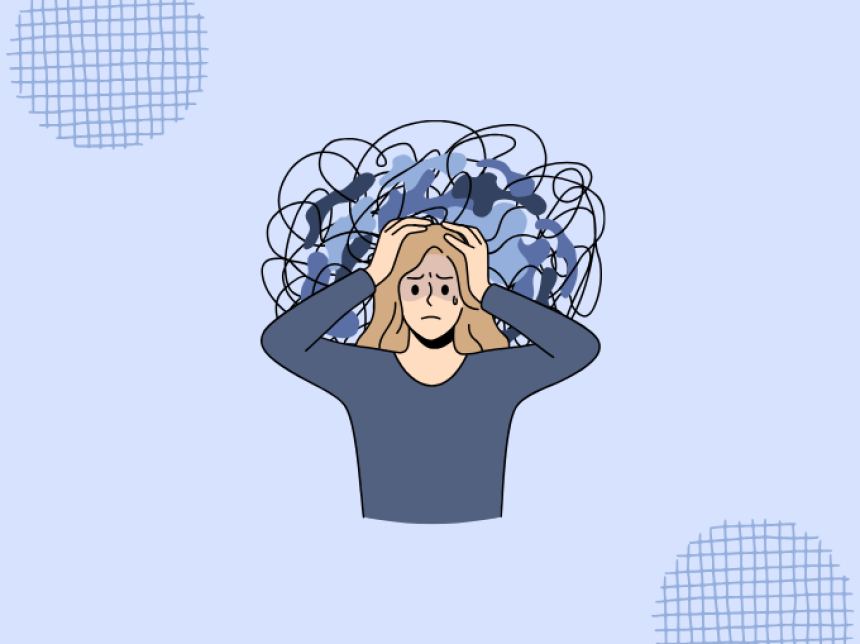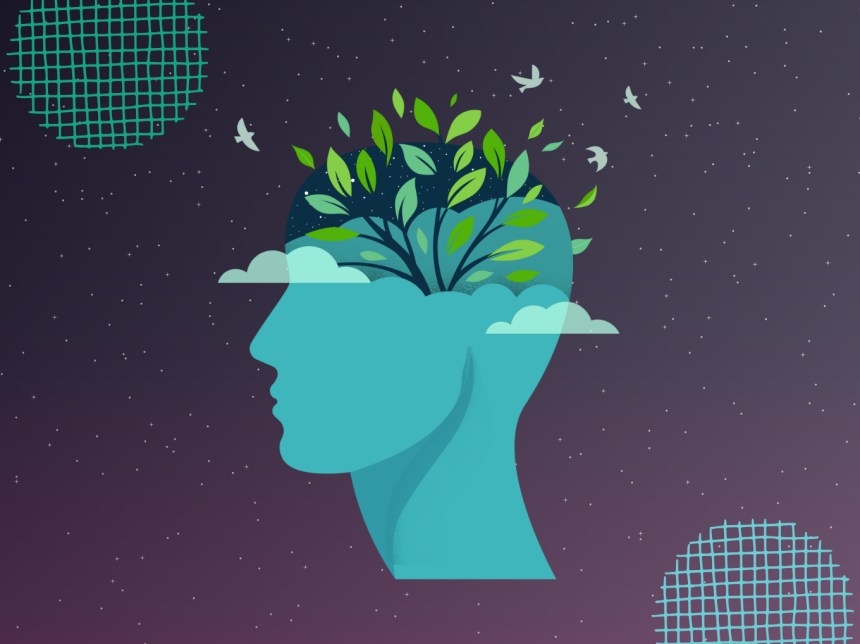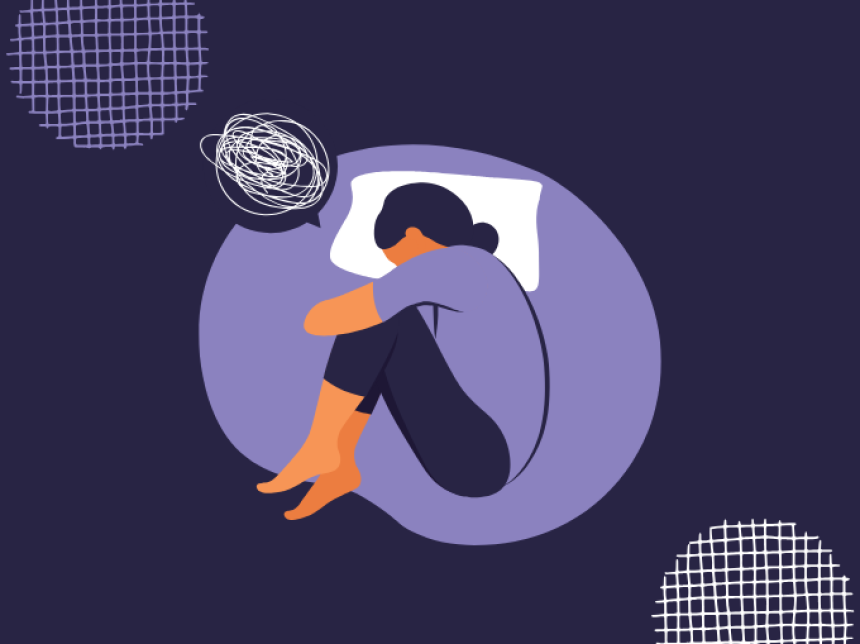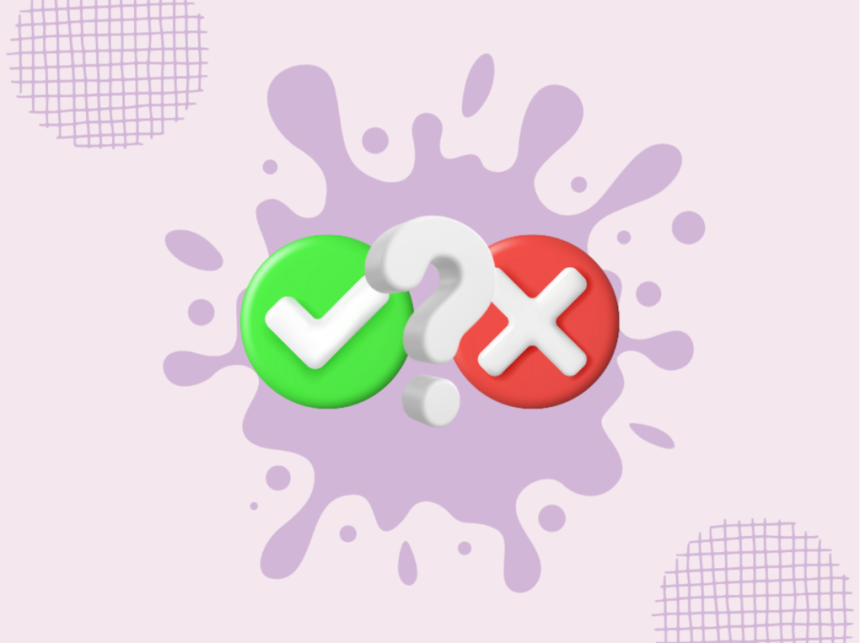
There Is No Middle Ground Between Having and Not Having: Exploring All-or-Nothing Thinking
Explore the psychology of all-or-nothing thinking through the lens of the proverb "There is no middle ground between having and not having." Discover origins, mental health impacts, real-life examples, and strategies for balanced thinking in this in-depth guide.
In the rich tapestry of human language, proverbs and sayings often capture profound psychological truths. The expression "There is no middle ground between having and not having" encapsulates a mindset where things are seen in stark binaries: all or nothing, success or failure, perfection or disaster. This phrase resonates deeply in psychology, where it's known as all-or-nothing thinking—a cognitive distortion that polarizes our perceptions and can profoundly impact mental health.
Struggling with rigid thought patterns? Discover how this common cognitive trap affects your daily life and learn evidence-based strategies to foster more balanced perspectives. In this comprehensive exploration, we'll delve into the origins, effects, and remedies for all-or-nothing thinking, drawing on psychological theories and practical insights.
What is All-or-Nothing Thinking?All-or-nothing thinking, also referred to as black-and-white thinking or dichotomous thinking, is a cognitive distortion where individuals view situations, people, or themselves in extreme categories without acknowledging nuances or middle grounds. It's like seeing the world through a lens that only allows for absolutes: something is either completely good or utterly bad, a total success or an absolute failure.
This pattern is one of the core cognitive distortions identified by psychiatrist Aaron Beck in the development of Cognitive Behavioral Therapy (CBT). Beck observed that people with depression and anxiety often engage in such polarized thinking, which exacerbates their emotional distress. For instance, if you miss one workout, you might think, "I've ruined my entire fitness plan—I'm a complete failure," ignoring the progress made over weeks.
Psychologically, this distortion simplifies complex realities, which can feel comforting in the short term but leads to unrealistic expectations and self-sabotage. It's prevalent in various mental health conditions, including depression, anxiety disorders, eating disorders, and perfectionism. Understanding it starts with recognizing how our brains default to binaries as an evolutionary shortcut for quick decision-making, but in modern life, this can hinder adaptability.
To illustrate, consider the proverb "There is no middle ground between having and not having." In a psychological context, it highlights how we might dismiss partial successes ("having" meaning existence or presence) as non-existent ("not having" meaning absence), erasing the spectrum of possibilities in between. This binary framework can manifest in relationships, career ambitions, or personal growth, where ambiguity is intolerable.
Origins and Psychological FoundationsThe roots of all-or-nothing thinking trace back to both biological and environmental factors. From a neurobiological perspective, our brains are wired for categorization to process information efficiently. The amygdala, responsible for emotional responses, often amplifies threats, pushing us toward extreme views as a survival mechanism. In evolutionary terms, quick judgments like "friend or foe" were crucial, but today, this translates to overgeneralizing modern stressors.
Developmentally, childhood experiences play a significant role. Children raised in environments with high expectations or inconsistent feedback may learn to see outcomes as all good or all bad to cope with uncertainty. For example, if praise is only given for perfect performance, any imperfection feels like total failure.
In CBT theory, all-or-nothing thinking is classified under self-centered distortions, alongside others like overgeneralization and catastrophizing. David Burns, in his book "Feeling Good," expands on this, noting how such patterns fuel negative self-talk and perpetuate cycles of low mood.
Culturally, expressions like "There is no middle ground between having and not having" reflect societal values that emphasize decisiveness and absolutes, potentially reinforcing this mindset in collectivist cultures where conformity to extremes (e.g., total loyalty or complete rejection) is valued. However, in individualistic societies, it might stem from perfectionist ideals promoted by media and social comparisons.
Research from positive psychology highlights how this distortion contrasts with concepts like growth mindset, proposed by Carol Dweck. A fixed mindset aligns with all-or-nothing views, seeing abilities as static, whereas a growth mindset embraces shades of gray, viewing challenges as opportunities for incremental improvement.
Furthermore, neuroplasticity research shows that repeated all-or-nothing thoughts strengthen neural pathways, making it habitual. But the good news is that with awareness and practice, we can rewire these paths toward more flexible thinking.
Effects on Mental HealthThe impact of all-or-nothing thinking on mental health is profound and multifaceted. Primarily, it contributes to heightened anxiety and depression by creating unrealistic standards that are impossible to meet consistently. When reality falls short of the "all" ideal, individuals experience intense disappointment, leading to feelings of worthlessness.
In relationships, this distortion can manifest as seeing partners as either perfect or flawed beyond repair, resulting in volatile dynamics or premature breakups. For instance, a single argument might be interpreted as "Our relationship is doomed," ignoring the overall positive history.
Professionally, it fuels burnout and procrastination. Perfectionists often delay tasks because anything less than flawless feels like nothing, leading to paralysis. Studies link this to increased stress levels, as the pressure of absolutes elevates cortisol, impairing cognitive function and decision-making.
On a broader scale, all-or-nothing thinking exacerbates conditions like Borderline Personality Disorder (BPD), where splitting—viewing others as all good or all bad—is a hallmark symptom. It also plays a role in eating disorders, where food is categorized as "good" or "bad," leading to binge-restrict cycles.
Physically, chronic engagement in this pattern can lead to sleep disturbances, weakened immune responses, and even cardiovascular issues due to sustained stress. Emotionally, it erodes resilience, making it harder to bounce back from setbacks, as partial recoveries are dismissed as insignificant.
However, recognizing these effects is the first step toward change. By understanding how "There is no middle ground between having and not having" mentally translates to dismissing progress, individuals can begin to challenge these distortions and build emotional flexibility.
Examples in Daily LifeTo make this concept tangible, let's explore real-world examples. In fitness, someone might think, "If I can't exercise for an hour, it's not worth doing at all," leading to skipped sessions entirely. This ignores the benefits of shorter activities, perpetuating inactivity.
In academics, a student receiving a B grade might conclude, "I'm not smart—I'm a failure," overlooking that a B represents substantial knowledge and effort. This can demotivate further study.
Socially, after a minor disagreement with a friend, one might decide, "They're not a true friend anymore," severing ties without considering context or reconciliation.
In career settings, an employee passed over for promotion might think, "My career is over; I'll never advance," ignoring other opportunities or skills gained.
Parenting offers another lens: A parent might view a child's misbehavior as "They're a bad kid," rather than situational, leading to harsh responses that strain bonds.
These examples illustrate how all-or-nothing thinking distorts reality, amplifying negatives and minimizing positives. Drawing from the proverb, it's like declaring something "not having" (non-existent) simply because it's not fully "having" (existent), erasing incremental value.
Strategies to Overcome All-or-Nothing ThinkingFortunately, psychology offers proven tools to shift from dichotomous to dialectical thinking. CBT techniques are paramount, starting with cognitive restructuring: Identify the extreme thought, evaluate evidence for and against it, and generate balanced alternatives. For example, replace "I failed completely" with "I succeeded in parts and can improve."
Mindfulness practices, such as meditation, encourage observing thoughts without judgment, fostering awareness of binaries as they arise. Apps like Headspace guide users through exercises that promote present-moment acceptance of nuances.
Dialectical Behavior Therapy (DBT), developed by Marsha Linehan, emphasizes "both-and" thinking over "either-or," teaching skills like radical acceptance and emotion regulation.
Journaling is a simple yet effective strategy: Track instances of all-or-nothing thoughts daily, rating situations on a continuum from 0 to 100 to visualize shades of gray.
Seeking professional help, such as therapy, can provide personalized guidance, especially if linked to underlying conditions like depression.
Behavioral experiments challenge distortions: Intentionally engage in "imperfect" actions and note outcomes, proving that middle grounds exist and are rewarding.
Building a support network encourages perspective-sharing, as others can highlight overlooked nuances.
Incorporating positive psychology interventions, like gratitude journaling, shifts focus from absolutes to appreciations, cultivating balance.
Over time, these strategies rewire the brain, reducing the grip of "There is no middle ground between having and not having" and opening doors to richer, more resilient living.
Case Studies and Research InsightsDelving deeper, let's examine case studies. In a study published in the Journal of Cognitive Therapy, participants with all-or-nothing thinking showed significant mood improvements after 12 weeks of CBT, with reduced depression scores by 40%.
Another research from Positive Psychology highlights how this distortion correlates with lower life satisfaction, but interventions like mindset coaching increase flexibility and well-being.
In clinical settings, a patient with anxiety might report, "If I'm not the best, I'm the worst." Through therapy, they learn to appreciate average performances, leading to decreased panic attacks.
Cross-cultural studies suggest that in societies valuing harmony, proverbs reinforcing binaries may heighten this tendency, but mindfulness adaptations can mitigate it.
Integrating with Other Psychological ConceptsAll-or-nothing thinking intersects with other distortions. For instance, it amplifies catastrophizing, where a small setback becomes a total catastrophe.
It also links to imposter syndrome, where achievements are dismissed as flukes, and failures confirm incompetence.
In motivation theory, Self-Determination Theory posits that intrinsic motivation thrives on autonomy and competence, both undermined by extremes.
Existential psychology, from thinkers like Sartre, explores existence ("having") versus nothingness ("not having"), but encourages embracing ambiguity for authentic living.
Long-Term Benefits of ChangeOvercoming this pattern leads to enhanced emotional intelligence, better relationships, and greater achievement. Individuals report increased creativity, as nuances inspire innovative solutions.
Physiologically, reduced stress improves health outcomes, from better sleep to stronger immunity.
In essence, moving beyond "There is no middle ground between having and not having" unlocks a fuller spectrum of human experience.
"There is no middle ground between having and not having" beautifully captures the essence of all-or-nothing thinking, a cognitive distortion that, while simplifying life, often complicates our mental well-being. By understanding its origins, recognizing its effects, and applying strategies like CBT and mindfulness, we can cultivate balanced perspectives that honor the grays between black and white.
If you're noticing these patterns in your life, consider exploring further with a mental health professional. Remember, progress isn't all or nothing—every step counts toward a more nuanced, fulfilling existence. Share your thoughts below or subscribe for more insights into the depths of the mind.

